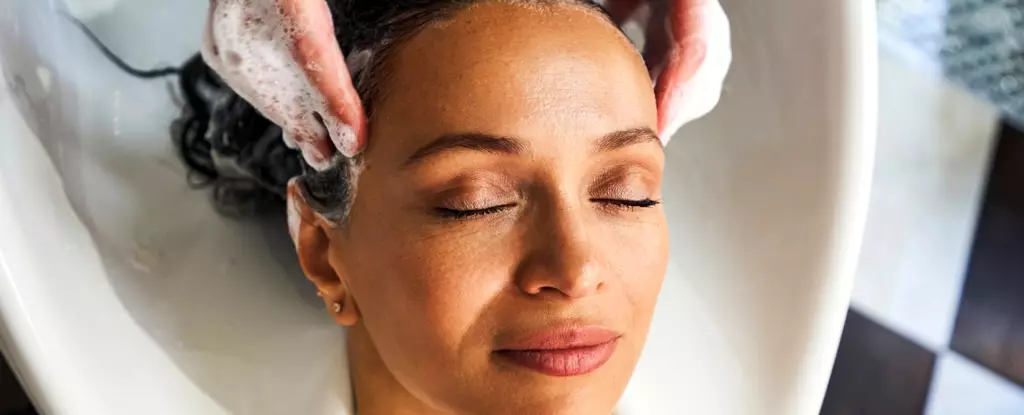Visiting a hair salon is often associated with indulgence and relaxation, a momentary retreat from the pressures of daily life. Yet, for a small segment of the population, this seemingly innocuous activity can carry hidden hazards, particularly a rare but serious condition known as Beauty Parlor Stroke Syndrome (BPSS). This article seeks to explore BPSS, outlining its causes, implications, symptoms, and preventive measures.
In many hair salons, clients recline at backwash basins while their hair is washed. This common practice, while pleasant, can unintentionally set the stage for serious complications. Research reveals that awkward positioning of the neck during shampooing may lead to a phenomenon that was first documented in 1993 by neurologist Michael Weintraub. His findings suggested that some clients experienced dangerous stroke-like symptoms following their salon visits. This unexpected link raises questions about the safety practices in salons and how they might impact customer health.
Defining Stroke and Its Connection to BPSS
To understand BPSS, it is essential to grasp the nature of strokes. A stroke, often described as a “brain attack,” occurs when the flow of blood to the brain is interrupted or diminished. This interruption can be due to a blocked artery or ruptured blood vessel, depriving brain cells of oxygen and essential nutrients. While strokes are frequently associated with older adults or individuals with pre-existing health concerns, BPSS serves as a reminder that even healthy individuals—particularly women over the age of 50—are not immune. In fact, BPSS showcases that even well-established and everyday scenarios can bear serious health risks.
The mechanics of BPSS center on the positioning of the neck during hair washing. When clients lean their heads back over the rigid edge of the washbasin, overextension can occur, contributing to neck strain and injury. This unusual angle may compress arteries that supply crucial blood to the brain’s posterior regions. Notably, cases of BPSS have also been linked to bone spurs, which can aggravate existing vascular issues. While there were only ten reported instances of BPSS from a Swiss study covering a decade, its rarity should not minimize the importance of awareness—especially as symptoms may mimic those of conventional strokes.
Recognizing the symptoms of BPSS is crucial, particularly as they may develop subtly and can be mistaken for other conditions. Common signs include headaches, dizziness, visual disturbances, and nausea, as well as neck pain and weakness on one side of the body. In some cases, individuals might even experience near loss of consciousness. The delayed onset of symptoms poses a challenge for accurate diagnosis, complicating treatment and potential recovery.
For avid salon-goers, taking precautionary steps is essential when using backwash sinks. When next at a salon, clients should communicate openly with their hairstylists regarding their comfort levels. Opting to lean forward during shampooing, using neck pillows or supports, and requesting a gentle wash can substantially reduce risks. It is also wise to limit time spent in vulnerable positions at the backwash station.
To ensure a safer salon experience, customers should inform their hairdresser about any discomfort or pain during the washing process. The approach to washing hair—speed, duration, and gentleness—can all play a significant role in mitigating potential hazards.
While BPSS may present rare but significant risks, it’s vital to maintain perspective. Hair washing, under ordinary circumstances, is a soothing experience that contributes positively to one’s mental health and self-esteem. Clients can navigate potential risks by adopting proactive measures, thereby ensuring that salon visits remain pleasurable and fulfilling.
While it’s important to be aware of Beauty Parlor Stroke Syndrome, there’s no need for undue alarm. By understanding the condition and implementing safety measures, salon visits can continue to be a source of joy and relaxation—a necessary part of self-care that we should all cherish.


Leave a Reply